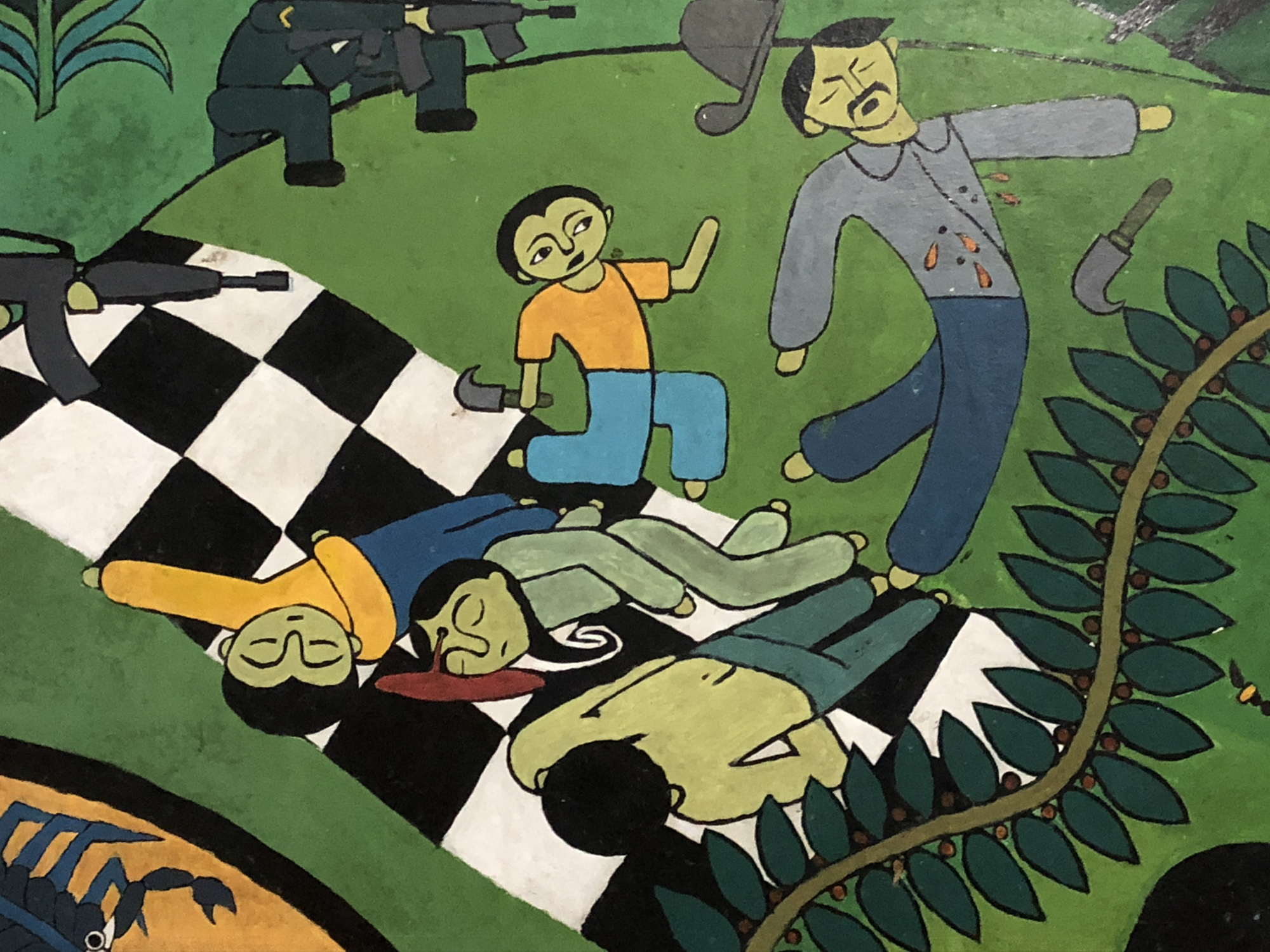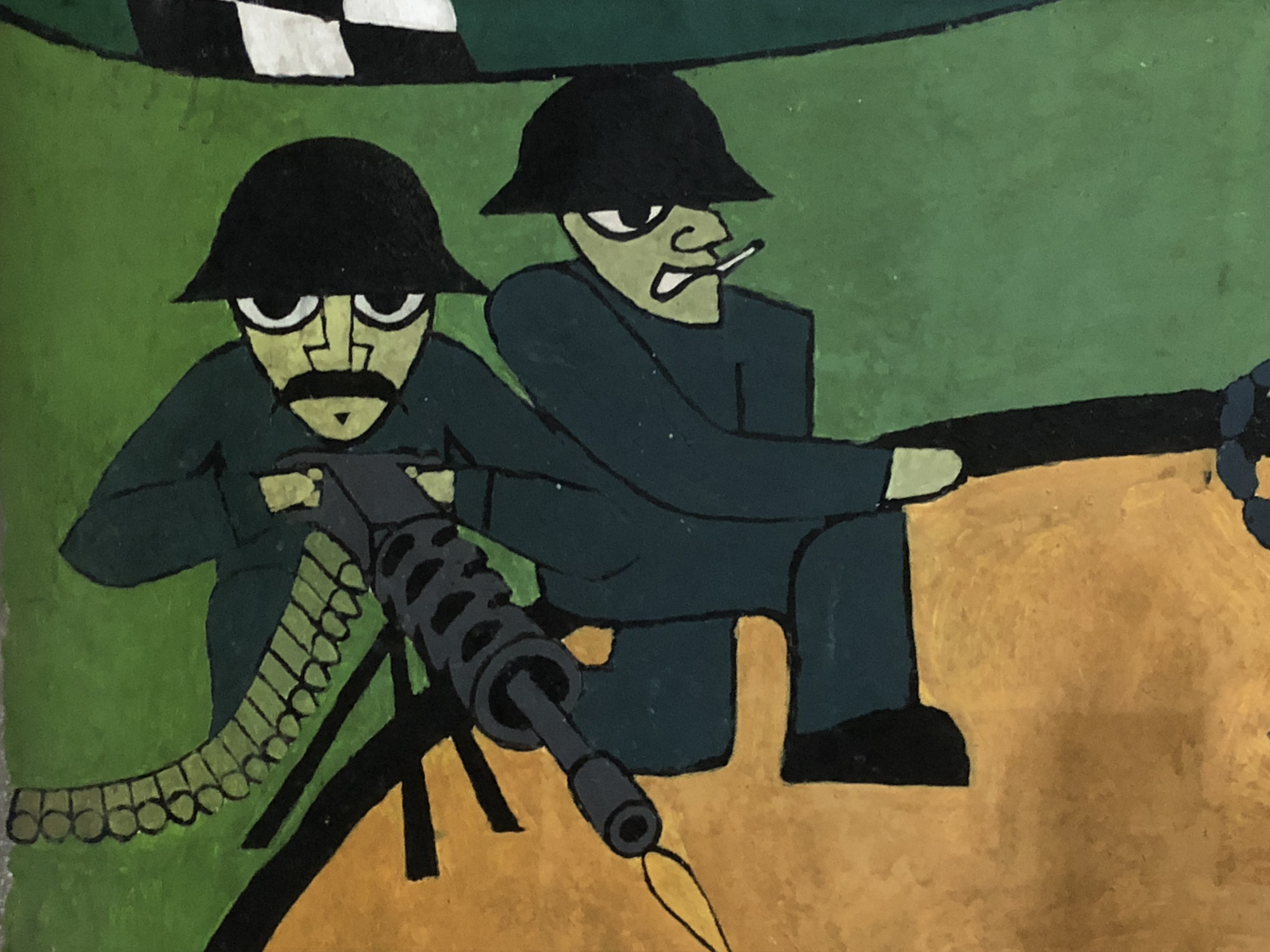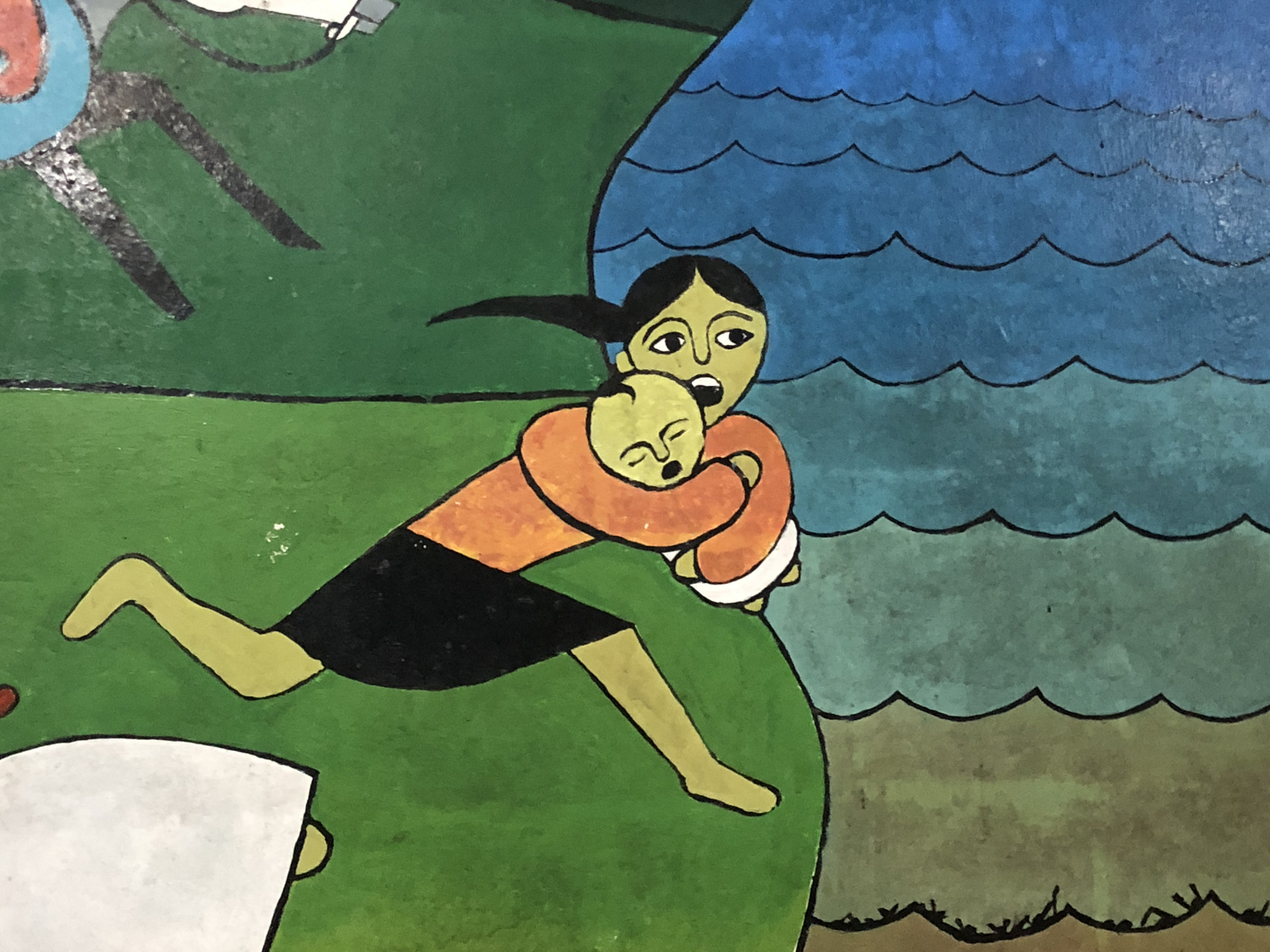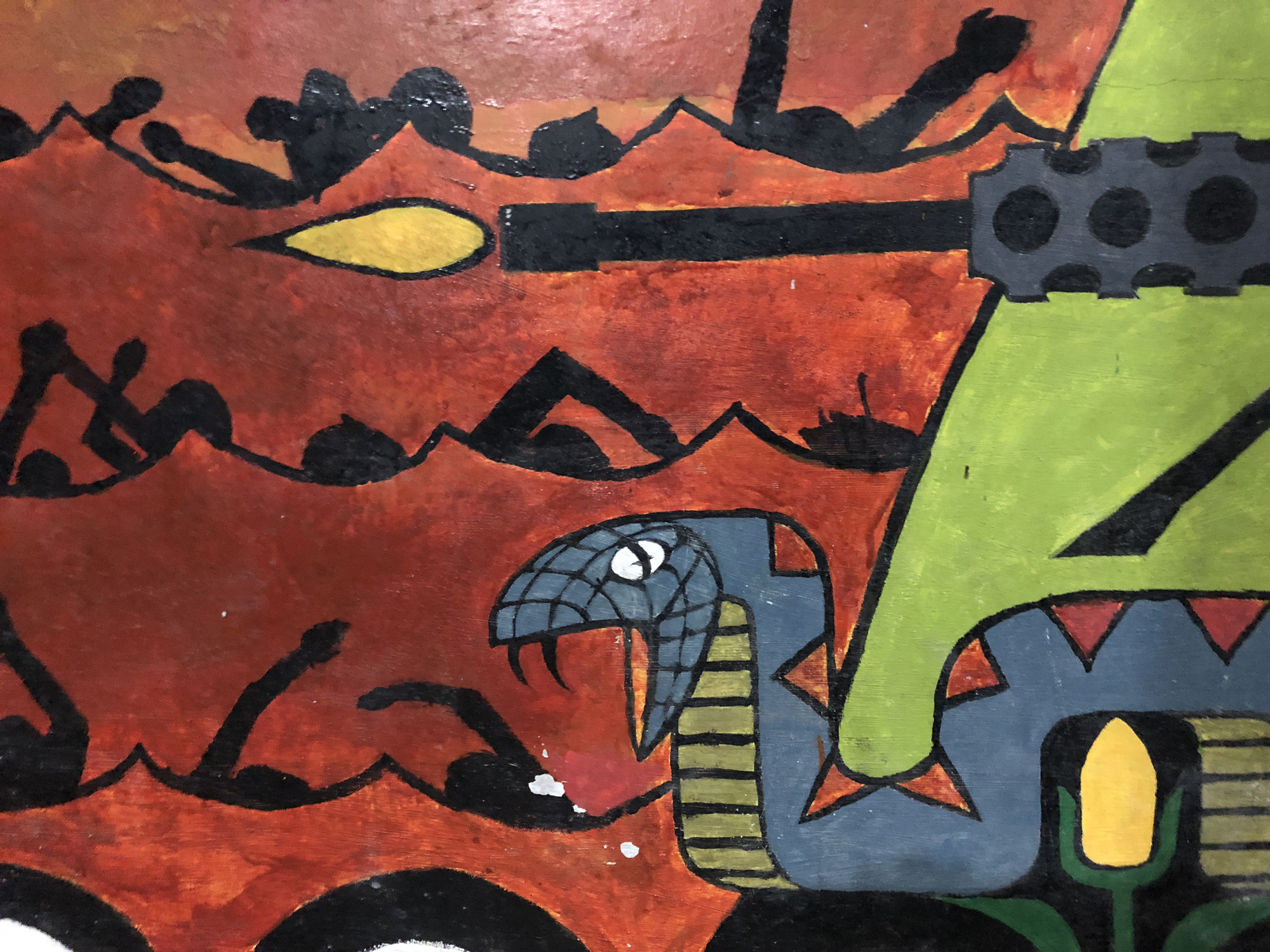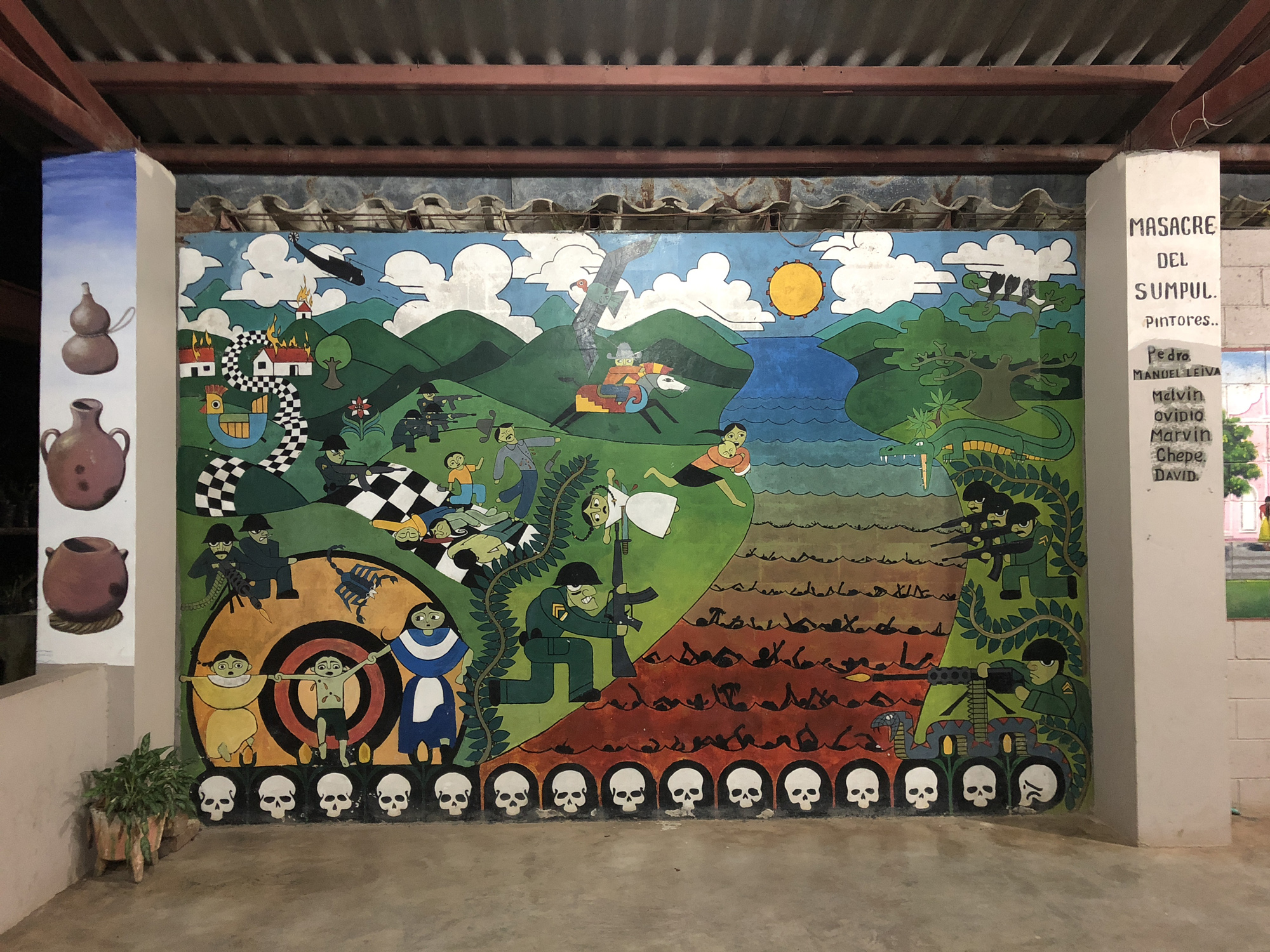COLLECTIVE TESTIMONY OF THE SURVIVING VICTIMS OF THE SUMPUL MASSACRE EN LA CONMEMORACION DEL 40 ANIVERSARIO DE LA MASACRE
On the 41th anniversary of the Sumpul Massacre we are, once again, paying homage to the more than 600 innocent victims who on May 14th, 1980 were brutally murdered for the sole crime of being poor and organizing to protest and demand respect of their rights.
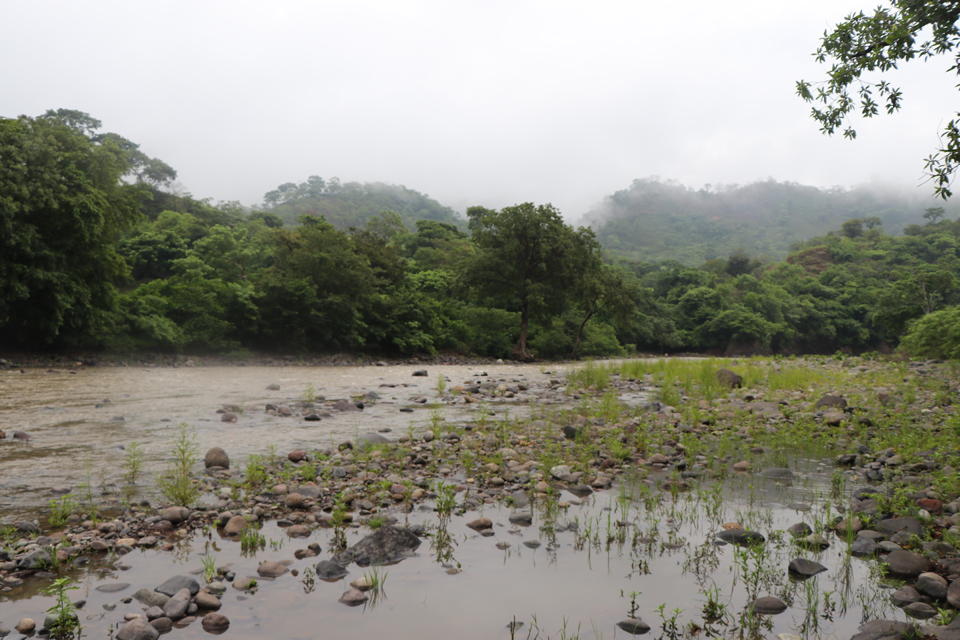
The months leading up to the massacre:
In the months prior to the massacre, the situation in the hamlets and villages of the different municipalities of Chalatenango was unbearable. Very often, the National Guard, the Treasury Police and members of the army arrived, accompanied by local civilian members of the paramilitary organization ORDEN (National Democratic Organization) to repress the people. They would enter houses, make illegal captures, torture, rape, disappear and murder whomever they would find, and when coming upon abandoned houses--because the people there had fled to the mountains--they would steal whatever valuable things they could find, and then burn the houses before leaving. One could no longer move freely and safely because these thugs would board the buses, patrol streets and sidewalks and disappeared or killed whomever they got their hands on. The people were tired and sick from so much guindiar (fleeing and hiding), enduring hunger, cold and rain, as this was the safest thing to go on, at that time, sleeping in the mountains.
Why were they chasing us? What was our crime?
Simply for being organized and for peacefully asking for the respect of our rights, for access to health and education for all, access to soft loans for people to work the land, for food and decent wages for workers in the coffee, sugarcane and cotton plantations and for a true democracy to be established with free elections, where the results would be respected, thus eradicating the customary frauds that would sideline the real winners of the elections and imposed de facto governments by brute force.
To protest and claim our rights, we resorted to the only means available to us. Not having resources or access to the media, these were peaceful marches, painting of messages on walls and buildings, and the sit-ins in churches and embassies.
The government’s response to this peaceful and legitimate struggle of the people, was repression, first selectively and later on a massive scale.
The gathering in Las Aradas:
As a great number of people--the vast majority of them elderly, children, pregnant women, men, women and the sick--could no longer endure the terrible suffering of the guinda (the constant fleeing), they started to congregate in Las Aradas, by the side of the Sumpul River, which also marked the border with Honduras.
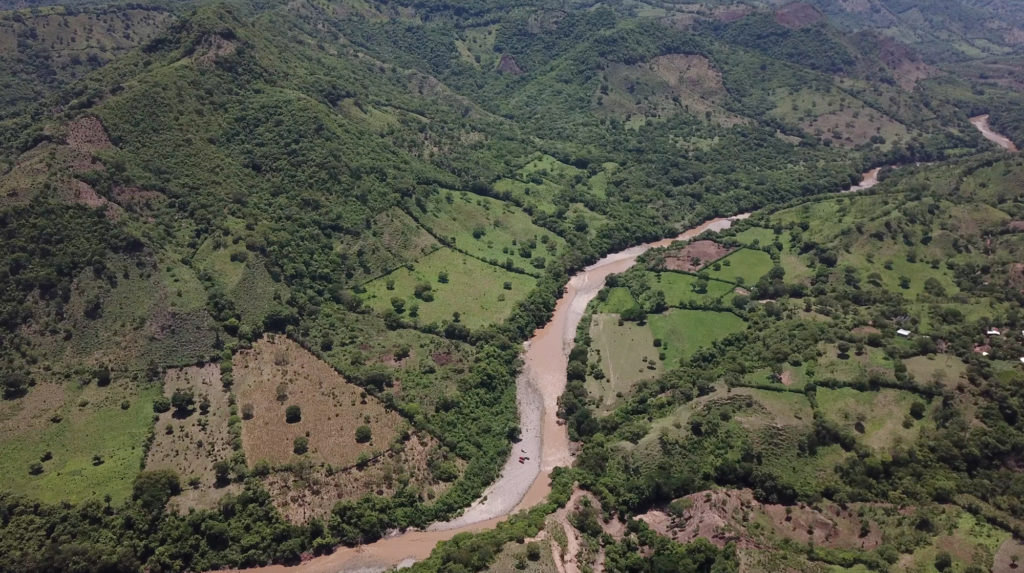
There, people from different villages and hamlets of Chalatenango come to seek refuge and shelter, especially from the municipalities of Las Vueltas, San José Las Flores, Potonico and Ojos de Agua, among others. But inevitably they also joined by Salvadoran refugees in Honduras and who had been expelled by the Honduran government and its armed forces.
There so much pain, suffering and fatigue due to the guindas (constant fleeing), the enduring hunger, the cold and rain, that we came to see setting up camp in Las Aradas as a possible solution: by creating right there and then a self-declared defenseless community, because we were all just civilians, placing little white flags in the trees as a sign of peace. And we assigned agricultural, cooking and educational duties within the camp, and a group of university students from San Salvador had arrived to help people learn how to read.
We were wrong in thinking that the government, the Security Forces and the Armed Forces had any sense of consciousness and humanity left in them, and that when seeing the white flags and a population clearly identified as defenseless civilians, that they would respect our lives.
We were also wrong in not realizing the criminal and murderous alliance between the governments and armed forces of El Salvador and Honduras, by which, prior to the massacre, the Honduran authorities had agreed to expel Salvadorans refugees from nearby Honduran villages, and to also cordon off several kilometers of the Honduran border, at the time of the massacre, so as to prevent further flight into their territory. Thus, many people who had been able to escape and cross a Sumpul River enraged by the heavy rainfall and by the horrendous crime that was about to occur, were promptly captured by the Honduran army and returned to Salvadoran territory to be killed immediately.
Several of our leaders were also wrong, in that despite the fact that there had been several warnings--including from Honduran soldiers who had warned our people washing by the river about what was going to happen-- that they opposed and prevented people from seeking their own escape routes. The slogan was to win or die, but a defenseless and disarmed people could not defeat an army with all its artillery.
May 14th, 1980:
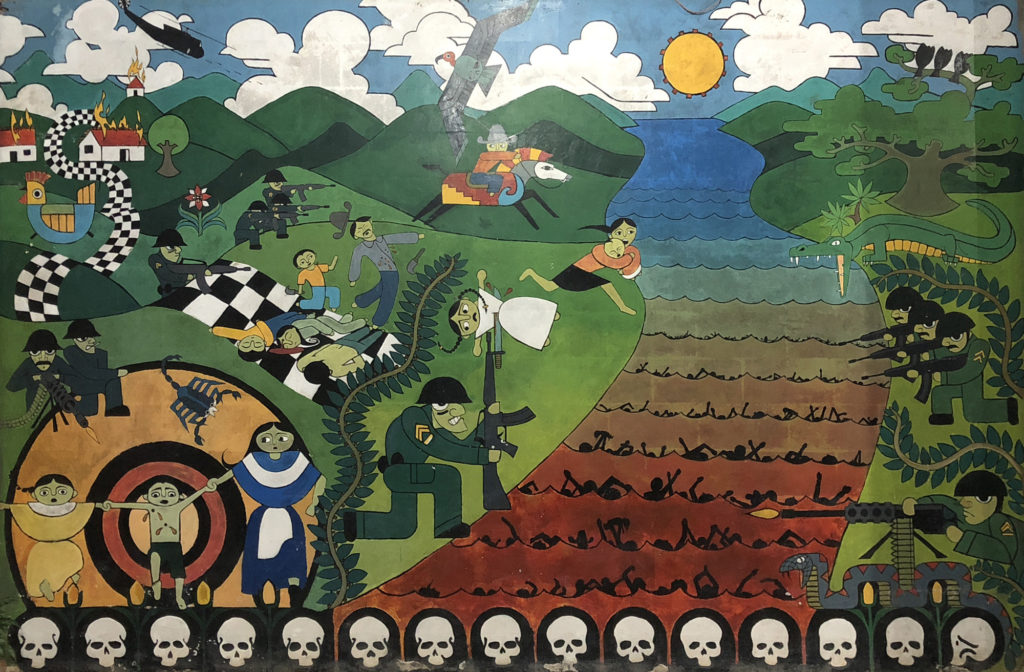
At around 9 a.m. on May 14th, 1980, duly uniformed members of the National Army of El Salvador and the National Guard, as well as heavily armed paramilitary members of ORDEN (National Democratic Organization), gained entry into the civilian settlement of Las Aradas by the Sumpul River, located in the Yurique hamlet, Ojos de Agua municipality, Chalatenango.
Since their arrival to Las Aradas, the military and paramilitary troops of the Armed Forces of El Salvador proceeded to shoot civilians without justification, even minors or pregnant women. The troops assassinated as many people as they could, on many occasions with extreme brutality. All the civilians under attack, immediately ran towards the Sumpul River, attempting to reach Honduran territory. Dozens of them drowned in their attempt to escape. Many others were machine-gunned by the military while fleeing. Two helicopters of the Salvadoran Air Force also came to bear down with machine-guns and grenades against the defenseless population in the Sumpul River and in the surroundings.
Those who were able to reach Honduran territory were captured by the military forces of that country and concentrated close to the border. Later, the Honduran military would hand over those captured to the Salvador troops. The military of El Salvador then proceeded to summary and massive executions of the civilians forced to return. The Honduran military also carried out some of the assassinations against defenseless Salvadoran peasants, participating, in this way, in the executions directly.
The Salvadoran army troops remained in Las Aradas until about six in the afternoon on that fateful May 14th.
May 14th of 1980 is an unforgettable date for the department of Chalatenango and for our entire country.
Surviving Memory:
All the survivors of the Sumpul Massacre remember with pain, impotence and tears, how, that day, the lives of dozens of defenseless people were taken with the utmost savagery. In our terrible trauma of that black and dark date--when the waters of the Sumpul River were mixed and stained with the blood and tears of our loved ones.
Our eyes can still see, how our people were lined up, shoved and thrown to the ground, kicked and beaten with the butts of their rifle and shot with machine guns.
We can see how children were snatched from their mothers' arms to be thrown into the air, caught with machetes and thrown into the Sumpul River.
We can see how pregnant women were brutally thrown to the ground, to then cut open their stomachs with knives, so as to extract their fetuses and feed the vultures and the dogs.
Our ears can still hear the children and mothers cries´ in a single clamor, imploring for mercy and compassion and pleading for their lives.
We ask for justice, truth and reparation, as the only way to consolidate peace and authentic reconciliation.
The wounds must not be opened, the executioners and perpetrators will say today.
The wounds cannot be opened, we victims say, for the simple reason that the wounds are already open and bleeding, because there has been no justice and because impunity gallops in our homeland.
It is necessary that the institutions in charge of administering justice assume their role and give access to the archives by which we could identify the intellectual and material authors of all crimes committed during war. And that once the guilty ones have been identified, that they apologize for the serious damage they caused. Only then will we be a reconciled society.
Meanwhile, let us continue fighting to keep the historical memory alive and to defeat impunity, so that one day, truth and justice will prevail.
This testimony was compiled by the Association of Survivors of the Sumpul Massacre and Other Massacres of Chalatenango.
Translation: Adriana Alas and Felipe Quintanilla (Surviving Memory in Post War El Salvador).
Presentation of the book: «Memorias del Sumpul«, in which the survivors remember the victims– their family and friends.
